Chivalrous Third Generation (遊侠三代) (Japan, 1966) [TV] - 2.5/5
Tatsuo Umemiya in talkative ninkyo film that loses its focus to a multitude of characters. It smells of a novel adaptation, though to the best of my knowledge isn't. The setting is immediately post war in 1945. Umemiya belongs to a trucking company / gang whose enemy has teamed up with prominent military figures. Tsuruta runs a restaurant and offers help, while Ryotaro Tatsumi is the evil gang's tool with a secret connection to Umemiya. Lots of talk ensues, with little action. The ending, which unusually shows the aftermath of the carnage and comes with heavy religious (Christian) thematics, however, is so unusual and rewarding that it alone makes the film somewhat worthwhile. Side note: Umemiya also sings the theme song, as was common for ninkyo leads in the 60s.
Three Ex-Con Brothers (懲役三兄弟) (Japan, 1969) [TV] – 4/5
A very entertaining post-war ninkyo tale set in an onsen town. Bunta Sugawara and Kyosuke Machida star as mischievous but ultimately honourable punks (Ryoji Hayama is the less featured 3rd brother) who go against Tatsuo Endo and Bin Amatsu's awesomely dressed Chinese gangsters. It all feels very “early 70s” with a breezy, humoristic touch, despite having come out during the peak of the old school 60s ninkyo wave. For a film somewhat stuck between two eras, and is frankly nothing profound storywise, this is however spectacularly enjoyable. There's a nice laidback touch to the entire film, and a sense of hanging out with characters. Sugawara, starring in his only second lead role at Toei (the first one was in Modern Yakuza, released three months earlier) is clearly eager to establish himself as a new leading man. He and Machida both play it fresh and reckless, setting themselves apart from the more stoic Ken Takakura. Speaking of Takakura, he and Tomisaburo Wakayama both appear as quest star, and are as good as ever. Great film and one of the best of its kind: laidback but heartfelt, with plenty of humour but none of the routine filler that similar lightweight Toei pictures from the early 70s often come with. P.S., this also know as “Brothers Serving Time”, a misleading title considering the film’s prison segment comes right in the beginning and lasts less than five minutes.


Rogue's Self-Sacrifice (捨て身のならず者) (Japan, 1970) [TV] – 2.5/5
Takakura is a newspaper reporter who gets framed and jailed after snooping too close to the yakuza. Years later he's out for revenge. Good start, with Takakura for once not playing a yakuza despite this being a contemporary yakuza film! But the film soon runs out of steam. Unable to pursue his vengeance for a certain reason, Takakura goes alcoholic and meets Mie Hama, a woman whose father may have been to blame for Takakura's misery. Takakura then does some more snooping and has some more run-ins with gangsters, but ultimately nothing very exciting happens. It's still an alright film, but the opening promised more. P.S. this is not related to the 1968 Takakura film “Rogue” in any way.
Chivalrous Woman: I Request Shelter (女渡世人 おたの申します) (Japan, 1971) [35mm] – 4.5/5
Kosaku Yamashita's late ninkyo masterpiece strips the genre of its trademark romanticism and leaves its characters emotionally drained. Junko Fuji plays a female gambler who travels to another town to deliver a fellow gambler's ashes to his parents - and to collect the dead man's debt from them. The father is a noble man looking after townspeople and his blind wife. They are quick to catch who Fuji really is, and that how she's directly related to their son's death (he was killed after losing to Fuji and drawing his sword in desperation), but they treat her with utmost politeness as per etiquette. Fuji sympathises with them and attempts to help the best she can against the local yakuza, however, her every attempt at doing something good results in the opposite. There's a great scene where she helps the local women by kicking some yakuza ass, but to her surprise the mindless violence she just displayed isn't met with admiration but disgust and distrust. "The yakuza are like flowers that bloom in the shadows. Try it in daylight and you will only bring misery to yourself" says honourable companion Bunta Sugawara to crying Fuji. Fuji probably delivers her best acting performance here, especially evident in the many quieter scenes where she goes through emotional despair unseen in any other ninkyo film. Kyosuke Machida is another standout as a gray area companion who might be friend or foe, as is nearly unrecognizable sex starlet Yoko Mihara as prejudiced villager. The film's only weaknesses are some unnecessary comic relief in the beginning, and a rather abrupt jump cut near the end where Yamashita probably tried to break away from genre conventions but didn’t quite nail it.


Angry Cobra: Kill the Witness (怒れ毒蛇 目撃者を消せ) (Japan, 1974) [35mm] – 3/5
Frequent Shaw Bros. collaborator Umetsugu Inoue was in the right place at the right time with this cop / karate actioner, which reached the theatres just two weeks after The Street Fighter had initiated the domestic karate film boom. It’s not anywhere near as great, but it is an entertaining b-class affair on its own. Former Daiei star and university karate alumni Jiro Tamiya stars as karate-skilled Dirty Harry assigned to protect a witness. What follows is a sloppily written detective tale with karate, car chases, bare breasts, and some wonderfully hammy dialogue ("You're not human. You're... you're a cobra!). Tamiya's martial arts form seems a bit off, but his kicks and punches actually look powerful, which makes it a lot of fun to watch. There's also occasional creativity to the action, such as a major martial arts sequence set on top of a snowy mountain, a villain with a blade arm, and a climax set in a hospital. Now, as mentioned Inoue spent much of his late 60s and early 70s helming films at the Shaw Brothers. However, he wasn't making action pictures but mainly musicals. And here he is back in Japan at the venerable Shochiku studios who excelled at many things, but not necessarily at modern action (Teruo Ishii has been quite vocal about this). So the time and place might have been right, but the studio and genre knowledge perhaps a bit off, explaining some of the evident but amusing sloppiness. For a more serious and karate-free take on similar topic, see Toho’s Wild Cop films (1973) with Tetsuya Watari.
P.S. There’s an English dubbed VHS print on YouTube. On a quick glance, it seems to be missing all the nude scenes from the Japanese version. It also runs 5 minutes shorter, though that might be mainly due to PAL conversion.


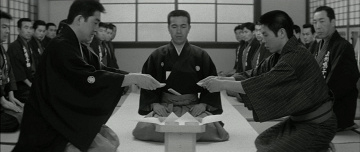
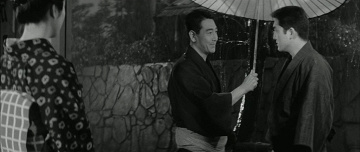
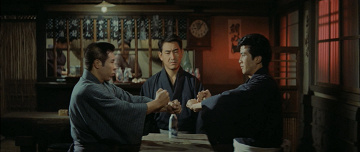
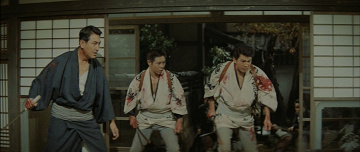


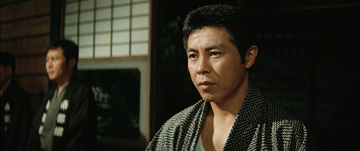
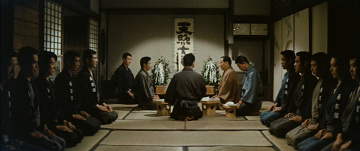
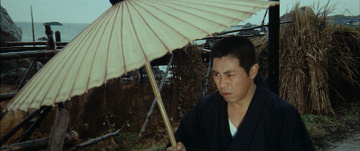
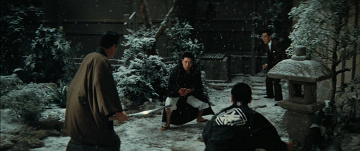





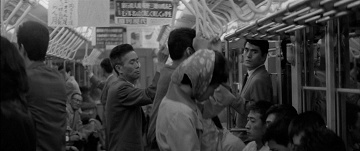
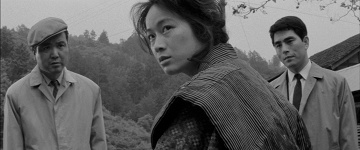
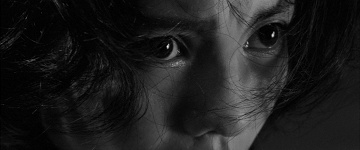
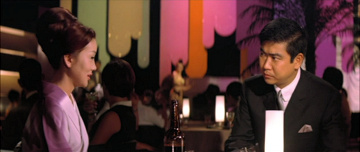


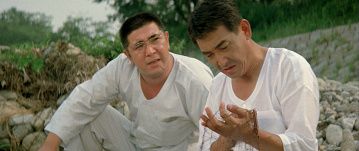


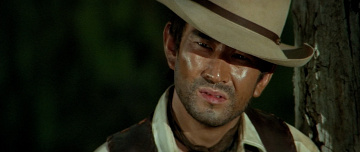
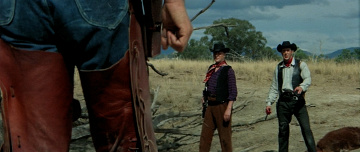
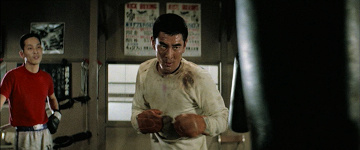
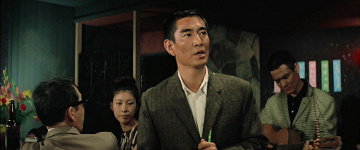

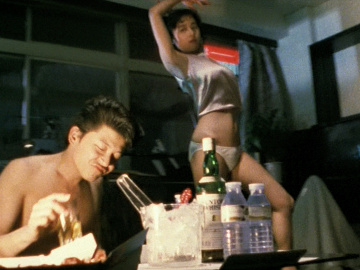




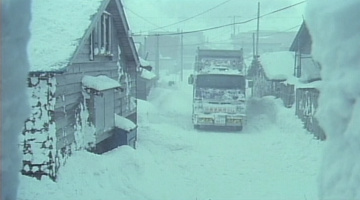






Leave a comment: